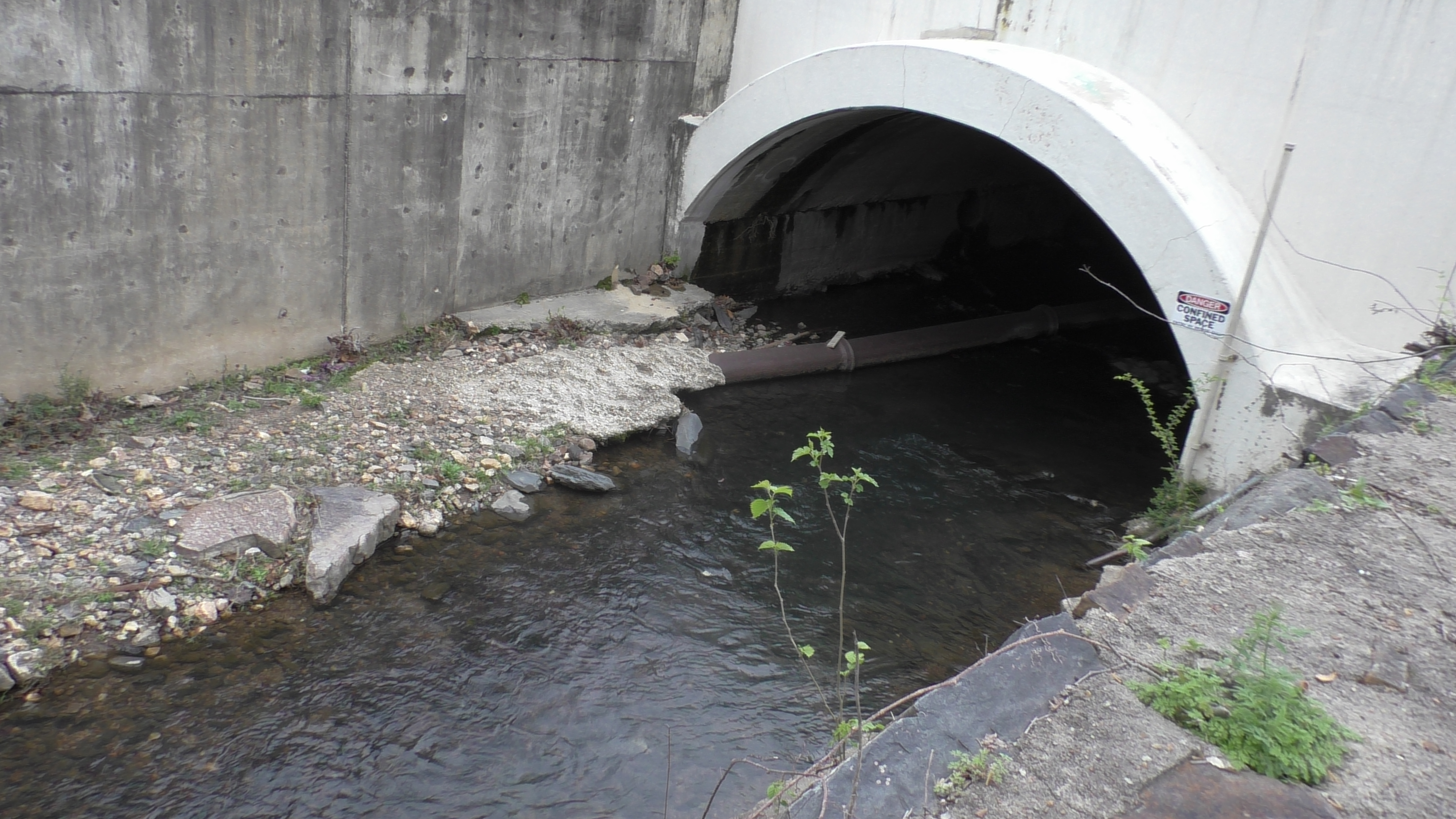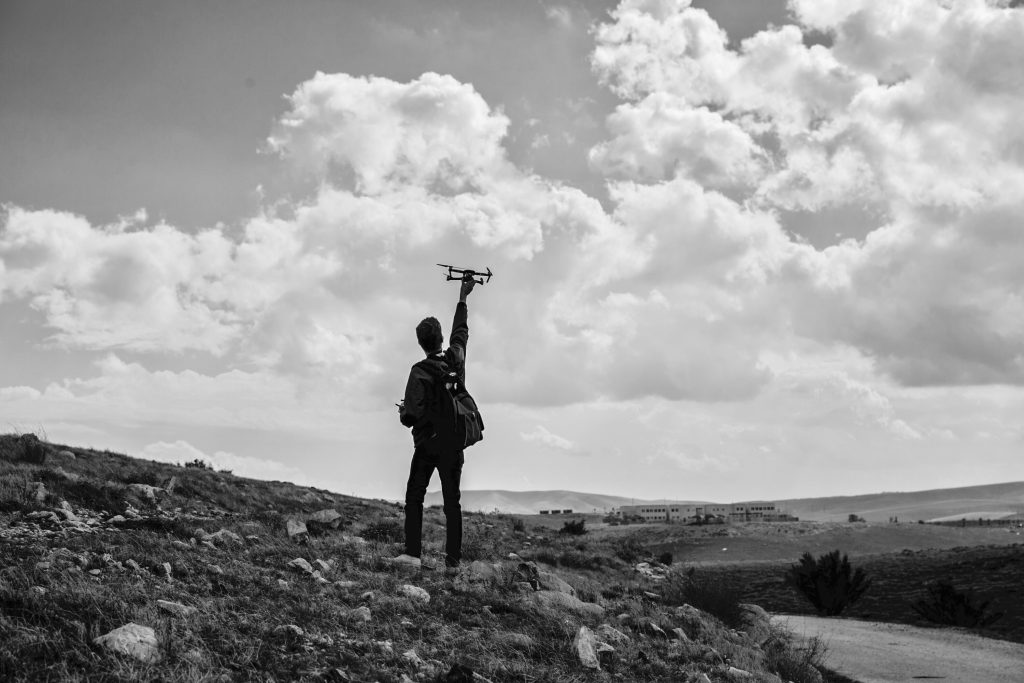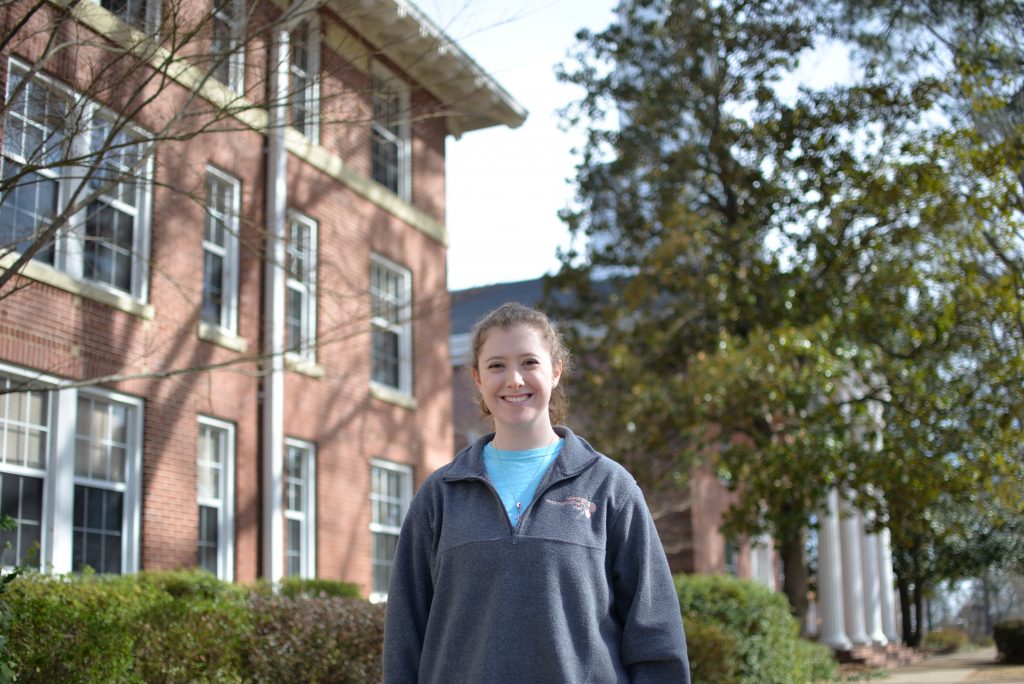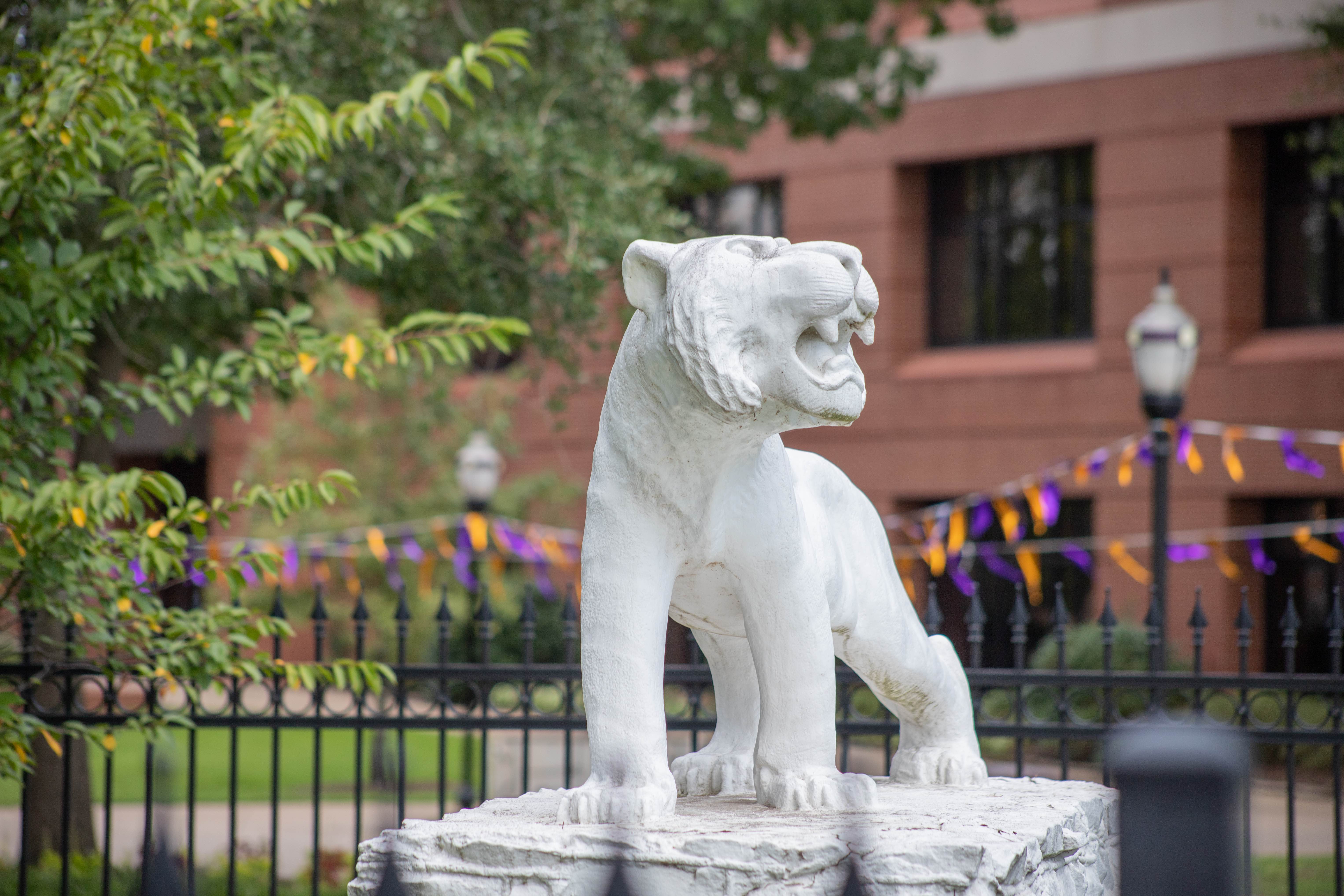In between two small mountains in the Ouachita Mountains lies the small city of downtown Hot Springs. There, small, unique businesses thrive, tourists enjoy the many attractions and the history that makes Hot Springs a relic remains active in the forms of old bath houses, hotels and other functioning structures from times past. As the quaint city continues to thrive, a mysterious structure made more than 100 years ago makes the very idea of downtown Hot Springs possible.
Down below the busy Central Avenue, where the majority of tourists and businesses flock to, is a much older layer of Hot Springs. This layer is a keystone arch design tunnel built in 1884. Now, the tunnels are dark, damp and dangerous. Until recently, the tunnels were open for exploration by curious adventurists. Now, Denny McPhate, Hot Springs stormwater division manager, believes that those dangers are too great for even the bravest of adventurers.
“Over the years, as more and more people have found out about the tunnel, the more people were going in unauthorized, and it is dangerous,” McPhate said. “It is a natural creek bottom, so it has large boulders and big pools of water and is just very unsteady to walk in. When you get into the national park bathhouse area, they discharge excess hot water, and it makes the area dangerously hot. National Park workers have had to be rescued before due to overheating from the steam.”
That spring water enters the tunnel at about 140 degrees Fahrenheit. The air temperature in those chambers gets up to 115 degrees Fahrenheit. Before the tunnels became off limits to the public, they were only open by permit only. All explorers would need to register with the fire department in order to enter the tunnels so that if something went wrong they could be easily rescued. This year, due to the many threats the tunnel poses, all recreational uses of the tunnel have been disbanded.
Though exploration of the tunnels may be prohibited, curious tourists can still view the tunnel entrances to get a glimpse of what the tunnel is like. The tunnel has three main openings: an entrance by First Presbyterian Church on Whittington Avenue, an entrance further up Central Avenue past where the road curves right where more of the historic houses are and an exit across the street from the Hot Springs bus depot.
Inside the tunnel, the light of flashlights can make visible the history of the tunnels. The intense darkness envelops all life in the tunnel. Illumination reveals water rushing over a natural creek bottom toward its destination at the end of the tunnel. The creek is typical in that it is home to creatures native to creeks such as catfish and other creek bottom dwellers; it is unique in that the very stones that make up the tunnel were laid more than 100 years ago. The very walls of the waterway echo the past that created it.
Though the tunnels of Hot Springs may seem unsteady due to the precautions the Hot Springs Stormwater Division has taken to ensure the safety of others, the tunnels are literally as solid as a rock. The walls of the tunnel are 30 inches thick, and the rocks are about 36 inches long. The walls are about 8 feet tall in most of the tunnel. However, as the tunnel travels further down Central Avenue, it becomes smaller and smaller until it is nothing more than a pipeline.
All of this said, the tunnel is extremely well constructed, especially considering the fact that it was built in a time where cranes, bulldozers and other modern construction technologies were barely ideas. These tunnels were constructed with the brute strength and determination of humans and their small hand tools that today could be found in a common tool box.
The Hot Springs Stormwater Division doesn’t take any chances, though. About once a year, a group of engineers are employed to perform routine maintenance on the tunnel to ensure its security for years to come. The city also uses grant money to fix up major parts of the tunnel that need repair.
That many people don’t realize is that without the tunnels hiding the creek from view, downtown Hot Springs would not be able to exist where it does. In the time before the tunnel was created, the area where Central Avenue is would have been a natural creek in the valley between West Mountain and Sugarloaf Mountain. When rain waters came, the water would flow from the mountains into the valley, causing the water to rise along the high banks of the creek.
“Before downtown got started and began to expand to the size it is now, it was an open creek,” McPhate explained. “Back then, they didn’t have septic systems like we do today, so all of that was being pumped into the creek. It wasn’t healthy environmentally, and it didn’t smell good. So it was really a great thing for the community when the federal government decided to put the creek underground that allowed a covered space between the two mountains, and that allowed a space to build central avenue on.”
The tunnel allows for an area that was once a creek to become an area of commerce. With the creek underground, the city had the liberty to build the downtown Hot Springs known by many tourists today. The businesses that have made their homes on Central Avenue owe their success to a tunnel that dwells a few feet below the street that brings customers to their doors.
The tunnel also allows downtown Hot Springs to avoid being plagued by floods. Except in the event of a 10-year-flood, the tunnels keep the rain water from wreaking havoc on Central Avenue by providing a place for that rain water to go. When a 10-year-flood does occur, warning systems put into place by the city of Hot Springs help ensure the safety of those on the surface.
by Mattie Alexander, Staff writer








